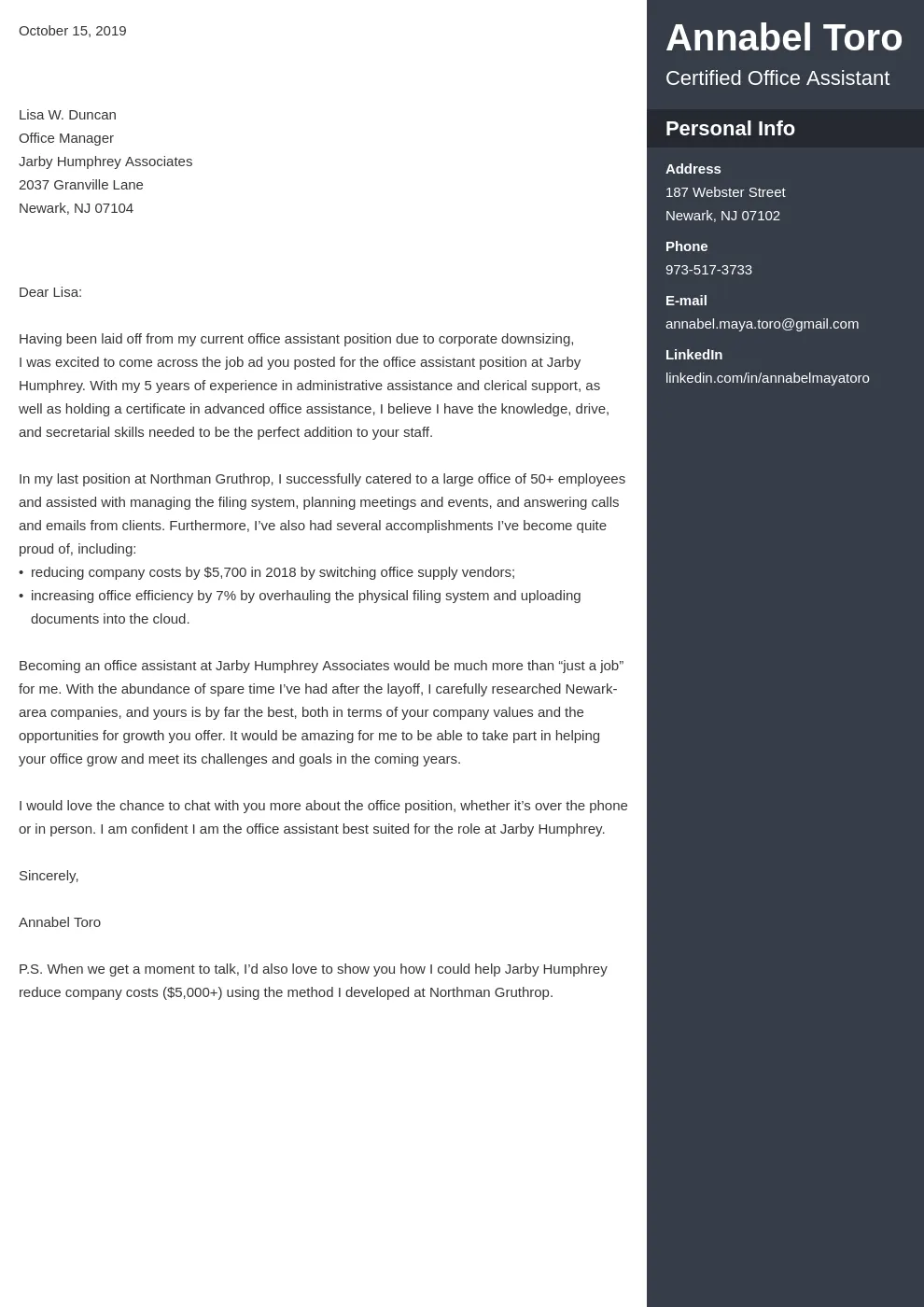What is a Cover Letter
A cover letter is a crucial document accompanying your resume when applying for a job. It serves as your personal introduction to a potential employer, offering a glimpse into your skills, experience, and enthusiasm for the position. Unlike a resume, which provides a factual overview of your qualifications, a cover letter allows you to articulate your personality, career goals, and why you’re a perfect fit for the specific role and company. A well-crafted cover letter can significantly increase your chances of landing an interview, making it an essential part of any job application strategy.
The Purpose of a Cover Letter
The primary purpose of a cover letter is to persuade the hiring manager to read your resume and consider you for an interview. It highlights your key qualifications and demonstrates your genuine interest in the company and the specific job. It allows you to connect your skills and experiences to the requirements outlined in the job description, emphasizing why you are the ideal candidate. Furthermore, a cover letter showcases your communication skills and attention to detail, providing a platform to elaborate on your career aspirations and what you can bring to the organization.
Why is a Cover Letter Important
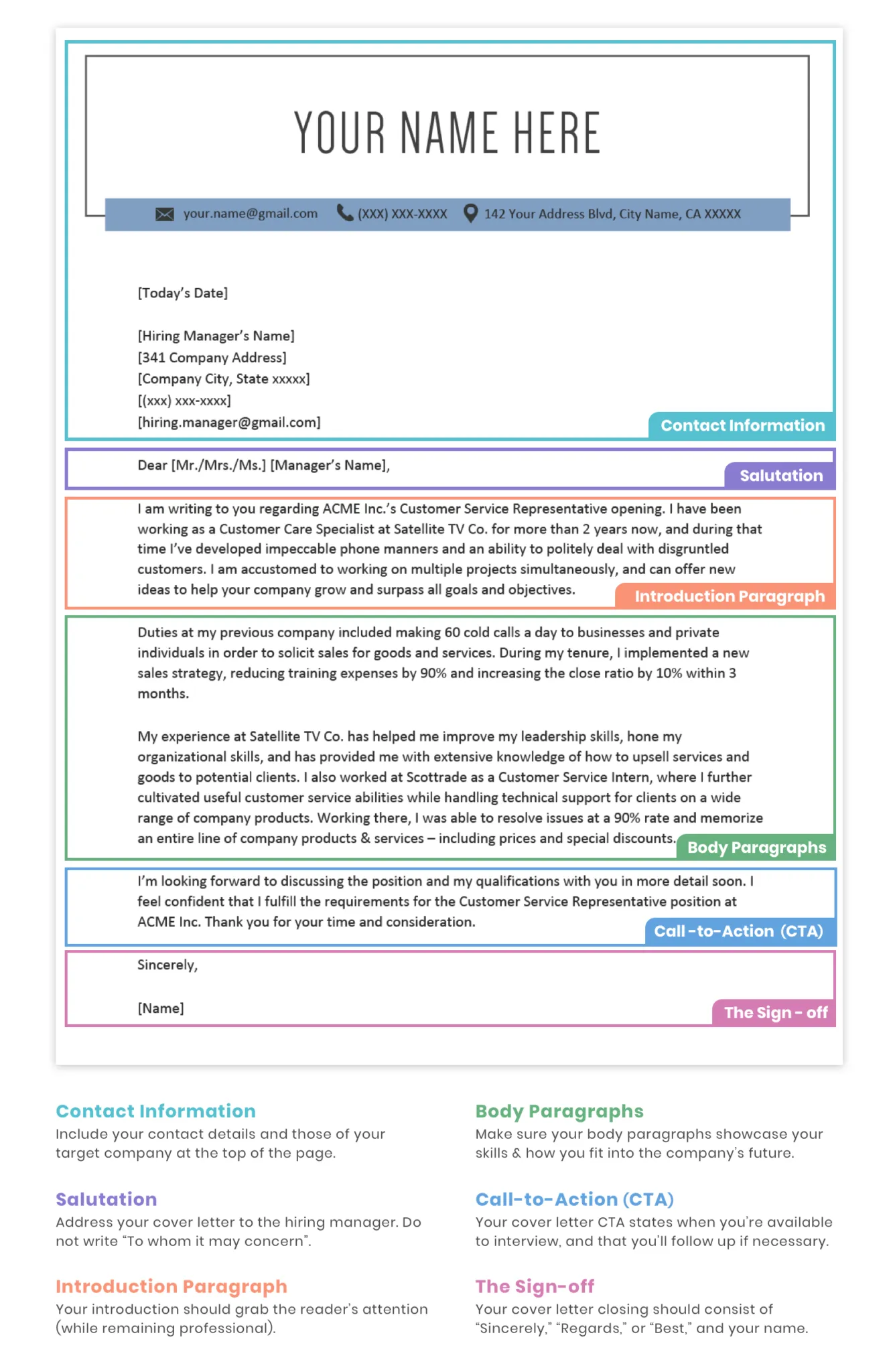
A cover letter is important because it provides context to your resume. It gives you an opportunity to explain gaps in your employment history, career changes, or any other relevant information that might not be immediately apparent from your resume. It enables you to showcase your personality and enthusiasm, which helps you stand out from other applicants. In a competitive job market, a well-written cover letter can be the deciding factor in whether you secure an interview. It shows that you’ve taken the time to research the company and understand the role, which demonstrates your commitment and professionalism.
Cover Letter vs Resume
A resume is a concise summary of your professional background, skills, and accomplishments. It’s a factual document that presents your work history, education, and qualifications in a clear and organized manner. The resume focuses on what you have done. In contrast, a cover letter is a personalized introduction that explains why you are a good fit for a specific job and company. It is a space to tell the story about your achievements and how they match with the skills needed for the job. Cover letters are designed to create a connection and build excitement about your potential, while resumes are intended to inform and outline. The resume is usually one to two pages long, and the cover letter is one page.
Cover Letter Structure
A well-structured cover letter follows a standard format, ensuring clarity and professionalism. Each component plays a vital role in conveying your message effectively and capturing the reader’s attention. Adhering to a logical layout helps create a positive impression, making it easier for the hiring manager to understand your qualifications and why you’re the right candidate. Proper structure demonstrates your attention to detail and organizational skills, which are valued attributes in any professional setting. Following this framework is vital when you’re looking for the proper way to write a cover letter.
Header and Contact Information
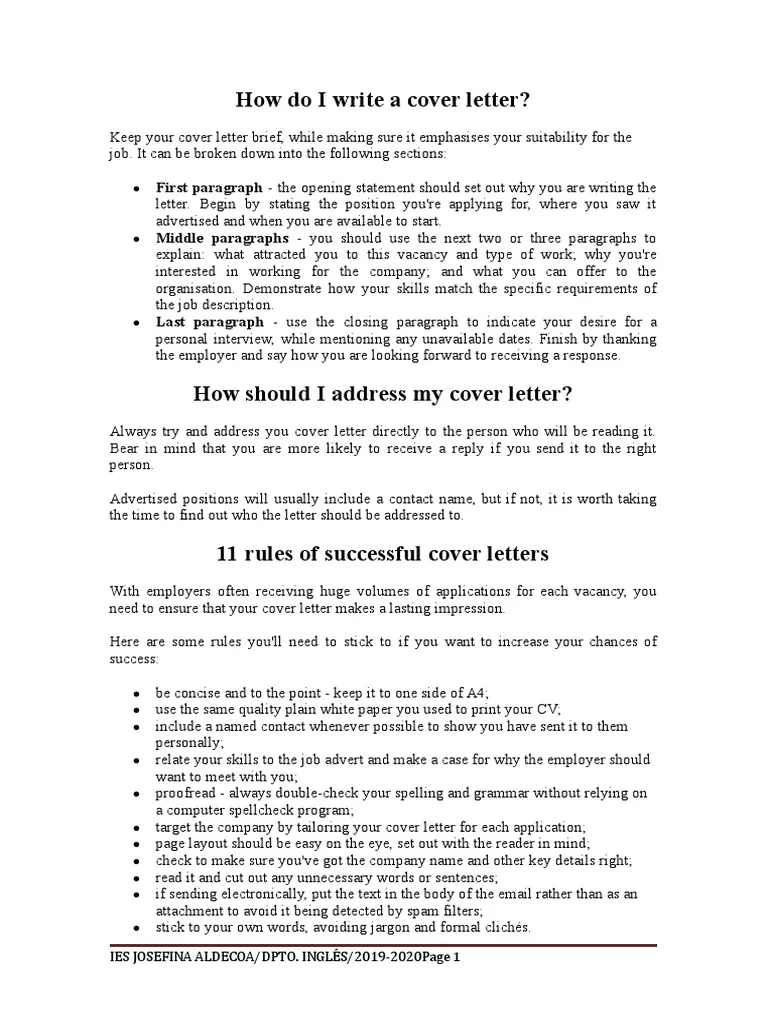
The header of your cover letter should include your full name, address, phone number, and email address. This information should be clearly displayed at the top, ensuring the hiring manager can easily contact you. Following your contact information, include the date and the hiring manager’s name and title (if known), along with the company’s name and address. This demonstrates that you’re addressing the letter to a specific person, showing you’ve done your research and are serious about the application. Proper formatting and presentation is crucial, so everything looks organized and professional.
Greeting
Start your cover letter with a professional greeting. If you know the hiring manager’s name, use “Dear Mr./Ms./Mx. [Last Name].” If the name is not available, it’s acceptable to use “Dear Hiring Manager” or “Dear [Company Name] Team.” Avoid generic greetings like “To Whom It May Concern,” as they lack a personal touch. Ensure the greeting is appropriate for the company culture and industry. This sets the tone for your cover letter and shows that you are detail-oriented and respectful.
Opening Paragraph
The opening paragraph should immediately grab the reader’s attention. State the position you’re applying for and how you learned about it. Briefly mention why you’re interested in the role and the company. Highlight a key skill or experience that aligns with the job requirements to create initial interest. The goal is to make a positive first impression and compel the reader to continue reading. This is your chance to make a strong statement about your capabilities and why you are excited about this opportunity.
Body Paragraphs
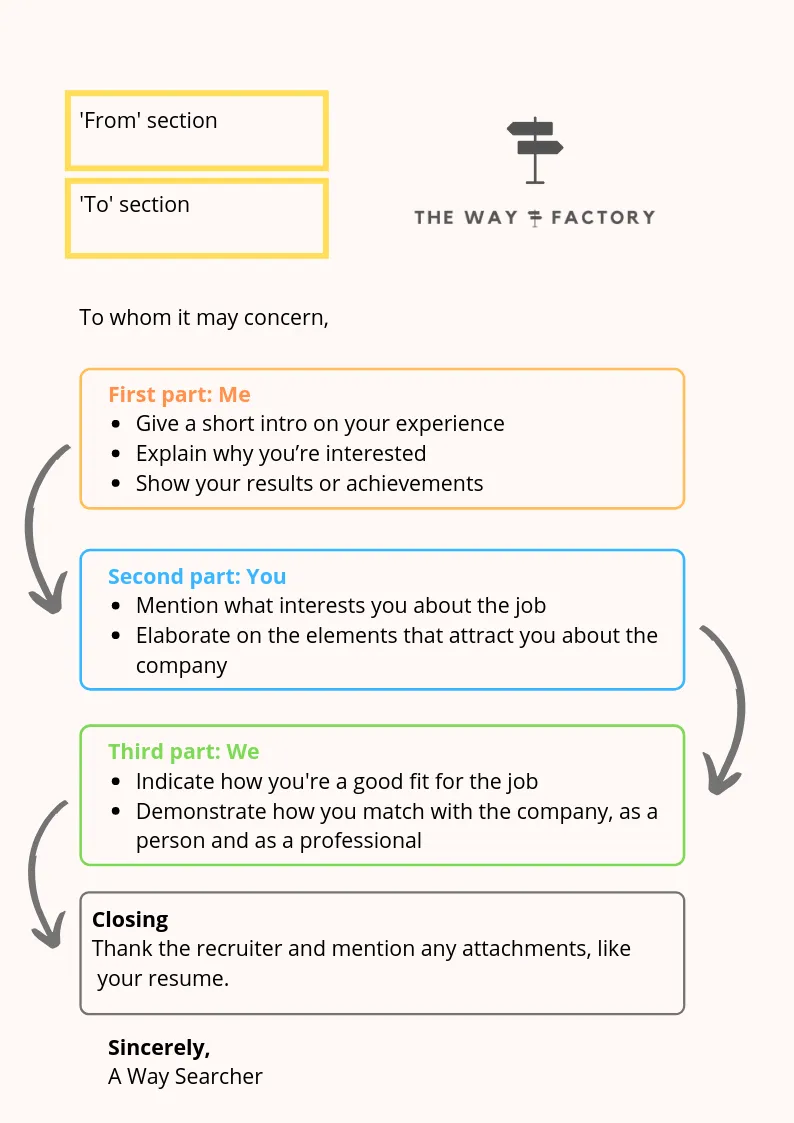
The body paragraphs are the heart of your cover letter. They should provide detailed information about your skills, experience, and accomplishments. Use specific examples to illustrate how you meet the job requirements. Quantify your achievements whenever possible, using numbers and data to demonstrate your impact. Tailor each paragraph to the specific job description and company culture. This is your opportunity to showcase your strengths and explain why you’re the best fit for the role.
Highlighting Skills and Experience
In your body paragraphs, focus on highlighting the skills and experience that are most relevant to the job description. Identify the key requirements listed by the employer and demonstrate how your background aligns with those needs. Use specific examples from your previous roles to showcase how you’ve successfully applied those skills. This could include projects you’ve led, problems you’ve solved, or improvements you’ve implemented. Always present yourself as the ideal candidate by aligning your abilities to the job requirements.
Quantifying Achievements
Whenever possible, quantify your achievements with numbers and data. Instead of saying, “Improved sales,” say “Increased sales by 15% in one quarter.” This provides concrete evidence of your impact and demonstrates your ability to achieve results. Use metrics to showcase your successes and make your accomplishments more compelling. Using numbers will give hiring managers a better understanding of your value, as well as the impact you’ve made in past roles.
Tailoring to the Job Description
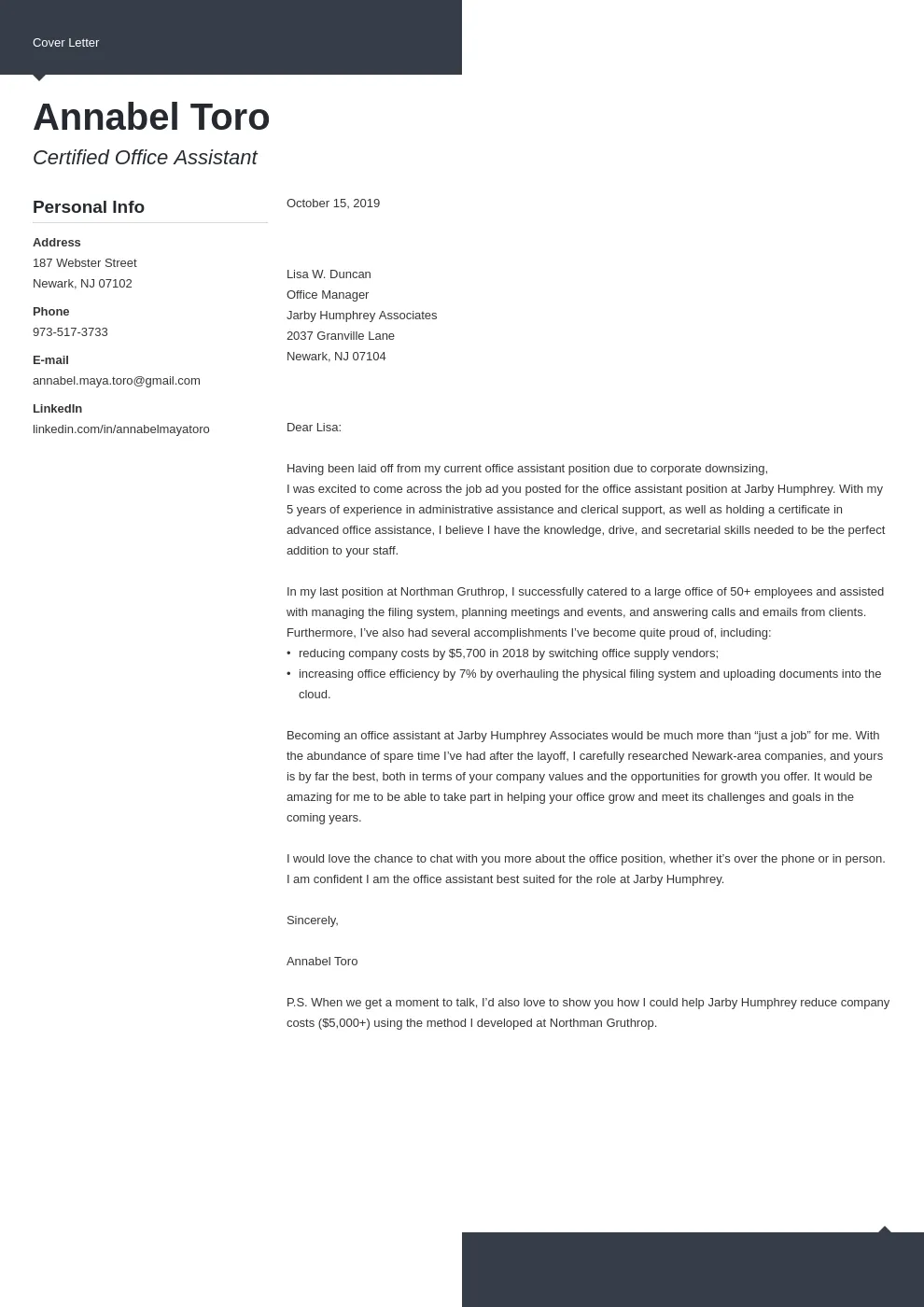
Customize your cover letter for each job application. Review the job description carefully and identify the key skills, experience, and qualifications the employer is seeking. Then, tailor your letter to emphasize how your background aligns with those requirements. Use the same keywords and phrases from the job description to demonstrate that you understand the role and are a good fit. This shows that you’ve taken the time to research the company and understand their needs.
Closing Paragraph
The closing paragraph should summarize your interest in the position and reiterate your qualifications. Express your enthusiasm for the opportunity and your desire to learn more about the role. It is vital that you thank the hiring manager for their time and consideration. Maintain a professional tone and express confidence in your ability to contribute to the company’s success. Conclude with a clear and concise statement about your interest and availability for an interview.
Call to Action
Include a call to action in your closing paragraph, such as “I am eager to discuss how my skills and experience can benefit your team.” Make sure to request an interview, which will improve your chance of being hired. This gives the hiring manager the next steps and signals that you are ready to move forward in the application process. It is your chance to be clear about your expectations, making the next steps easy for the potential employer.
Professional Closing
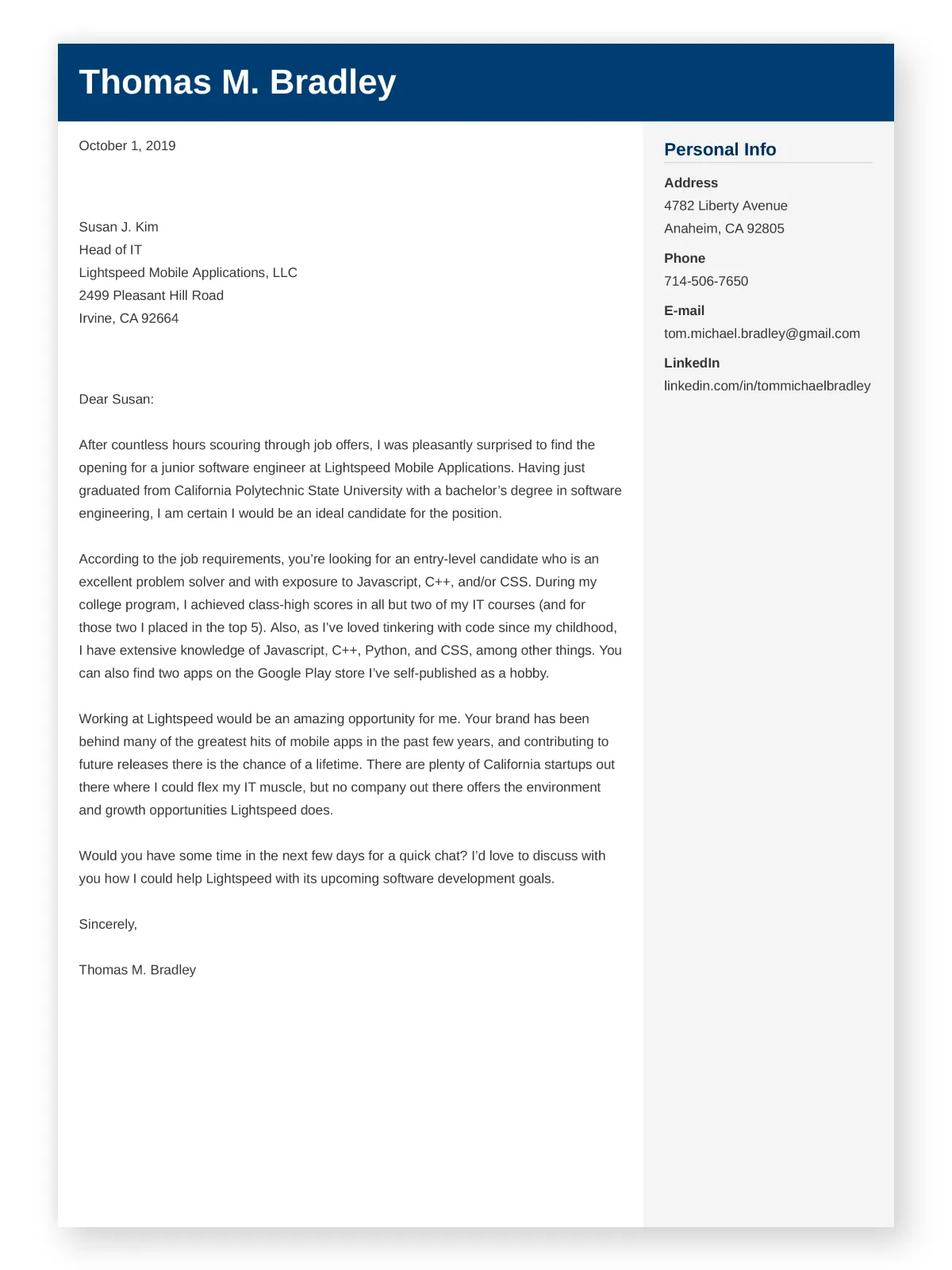
End your cover letter with a professional closing, such as “Sincerely,” “Best regards,” or “Yours truly.” Follow this with a line for your signature (if sending a hard copy) and then type your full name. Ensure that the closing is appropriate for the company culture and the level of formality. A well-crafted closing leaves a positive final impression, reflecting your professionalism and attention to detail.
Formatting Your Cover Letter
Proper formatting is essential for creating a visually appealing and easy-to-read cover letter. It enhances the overall presentation of your qualifications and demonstrates your attention to detail. A well-formatted letter reflects your professionalism and makes a positive impression on the hiring manager. Pay close attention to the format to make sure your cover letter is easy to read.
Font and Size
Choose a professional and readable font, such as Times New Roman, Arial, or Calibri. Use a font size between 10 and 12 points. Make sure the font is consistent throughout the document. Avoid using overly decorative or unusual fonts, as they can make the letter difficult to read. A clean and simple font conveys professionalism and makes your letter more accessible to the reader.
Margins and Spacing
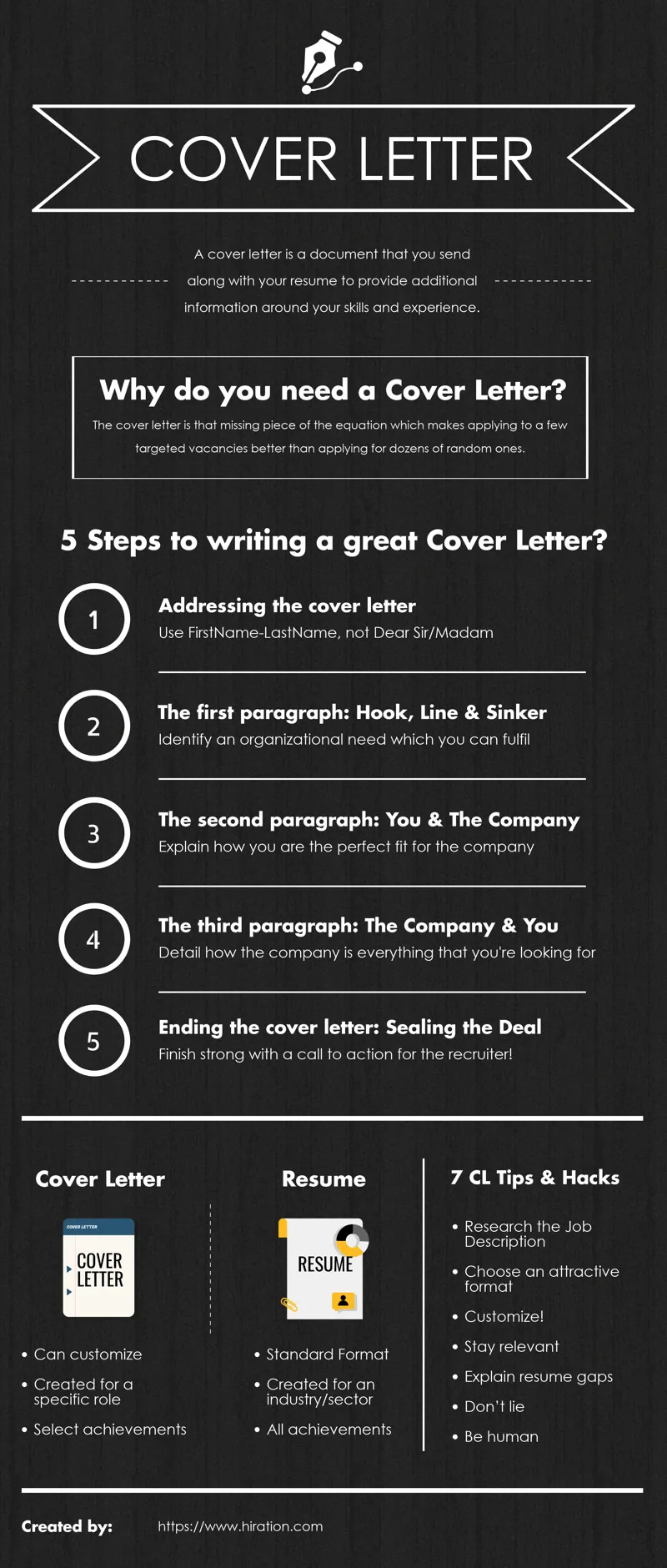
Use standard margins of one inch on all sides of your cover letter. This provides ample white space and prevents the text from appearing cramped. Use single-line spacing for the body paragraphs and double-line spacing between paragraphs and sections. Proper spacing enhances readability and makes your cover letter easier to scan. The goal is to make the document visually appealing and accessible for the hiring manager.
File Format
Always save your cover letter as a PDF (Portable Document Format) file before submitting it. This ensures that your formatting is preserved, regardless of the recipient’s software or device. Avoid sending cover letters in other formats, such as .doc or .docx, unless specifically requested by the employer. A PDF file ensures that your document displays correctly and maintains a professional appearance.
Common Cover Letter Mistakes
Avoid common mistakes that can undermine your job application. These errors can create a negative impression and decrease your chances of getting an interview. Being aware of and avoiding these pitfalls can significantly improve the effectiveness of your cover letter. Make sure you are mindful of these common missteps to improve the quality of your document.
Typos and Grammatical Errors
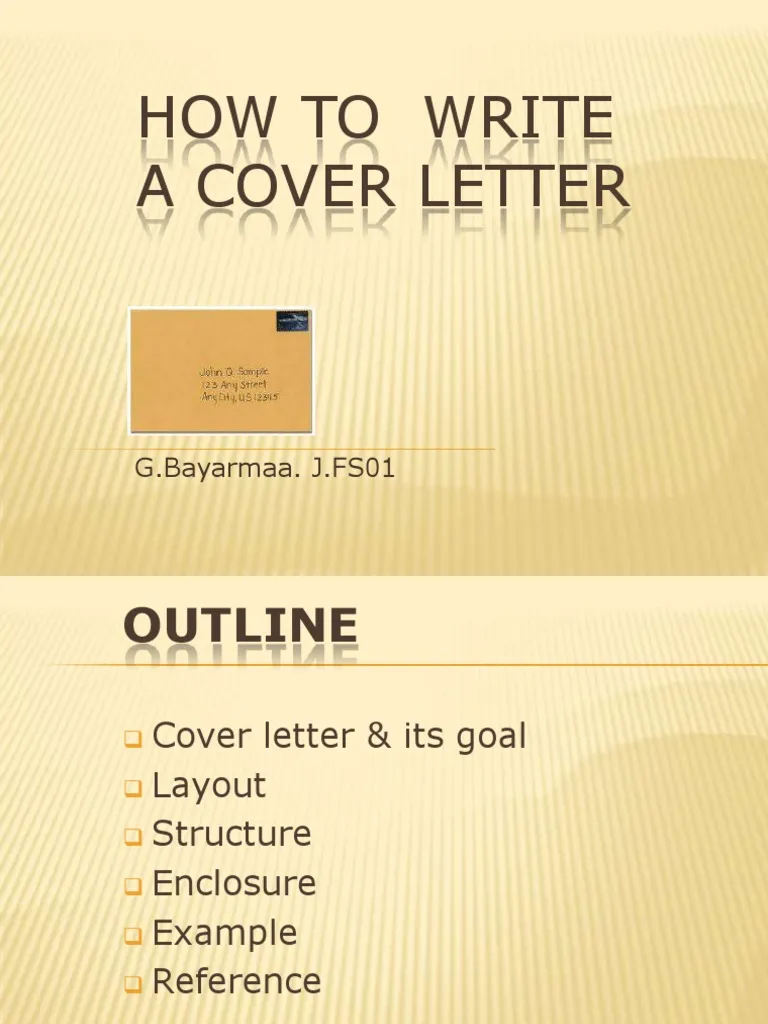
Proofread your cover letter carefully for any typos or grammatical errors. These errors can reflect poorly on your attention to detail and professionalism. Use a spell checker and grammar checker, but also read the letter yourself to catch any errors that might be missed by these tools. Ask a friend or family member to review your letter for a second opinion. A polished and error-free cover letter shows that you take your application seriously.
Generic Cover Letters
Avoid using a generic cover letter that isn’t tailored to the specific job and company. A generic letter lacks impact and shows that you haven’t taken the time to research the position and understand the employer’s needs. Customize your cover letter for each application, highlighting the skills and experience that are most relevant to the job description. Demonstrate your genuine interest in the company and the role. It’s easy to see when a letter hasn’t been customized for a specific job.
Exceeding Length Guidelines
Keep your cover letter concise and to the point. Aim for a one-page letter. Hiring managers are busy and don’t have time to read lengthy documents. Focus on the most important information and avoid unnecessary details. A concise and well-written cover letter demonstrates your ability to communicate effectively. Be selective about what you include to ensure that your most important qualifications are highlighted.
Cover Letter Examples and Templates
Use cover letter examples and templates as a guide, but always personalize them to fit your situation. They can provide a helpful starting point and offer ideas for formatting, wording, and structure. However, don’t simply copy and paste the example; tailor it to your own qualifications and the specific job you’re applying for. Adapt the template to your unique skills and experience to make it your own.
Where to Find Templates
You can find cover letter templates and examples on various websites. Search online for templates specific to your industry or the type of job you’re seeking. Many career websites and online resume builders offer free or paid templates. Consider the source of the template and choose reputable resources to ensure the quality and professionalism of the format. Always modify the template to reflect your unique skills and experience.
Adapting Examples to Your Needs
When using a cover letter example or template, adapt it to fit your individual needs and the specific job requirements. Replace the generic information with your personal details, skills, and experiences. Tailor the content to align with the job description and the company’s values. Make sure to use your own voice and writing style to reflect your personality and create a unique and compelling cover letter. Proofread the adapted letter carefully to avoid any errors.
